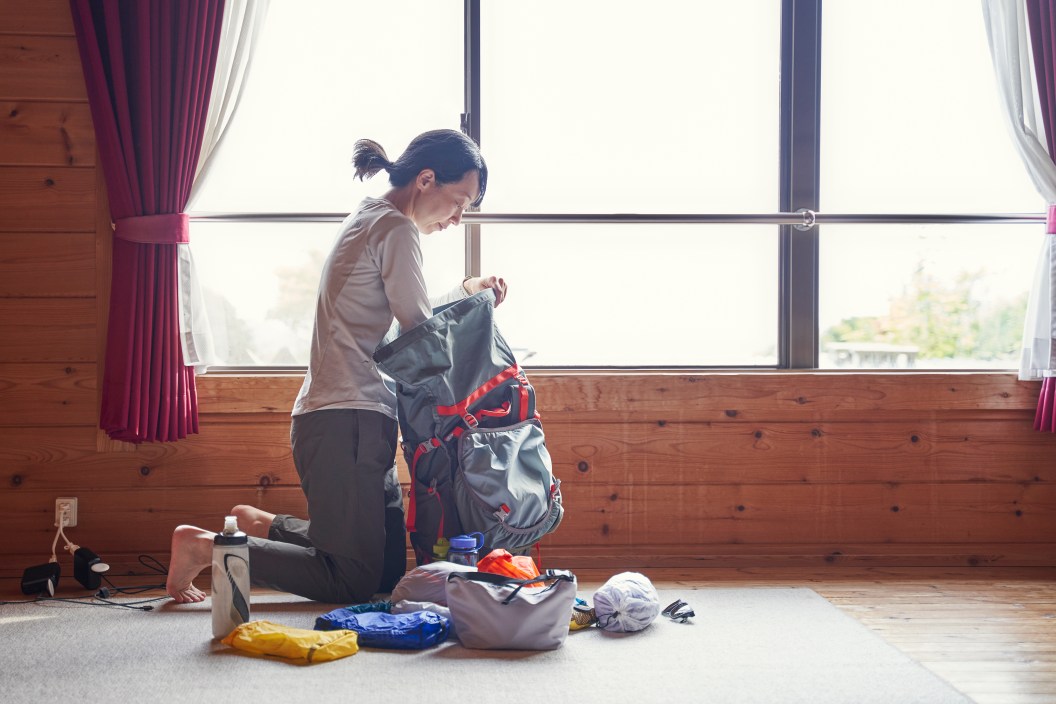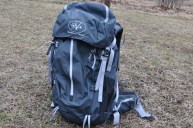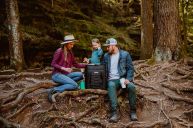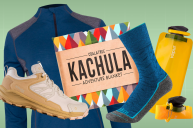The commercialization of the outdoor industry has spawned the marketing of some pretty wild products to take with you into the wilderness, from canned sandwiches to hanging cupboards and even portable blenders. But how much of this so-called backpacking gear do you actually need to enjoy a successful backpacking trip?
In my experience, lugging extra gear around isn't just heavy—it's frustrating when you realize you've brought along something you won't use. Trust me: I've learned this the hard way, so you don't have to.
The following 10 items top the list of what not to bring backpacking—and I've provided suggestions of what to bring along instead.
1. A Large Survival Knife
It's easy to get lured by the image of going bush and thwacking your way through to blaze a new trail with a knife in hand. (But you shouldn't that anyway—it's against Leave No Trace principles.) But what if a wild animal attacks? How will you defend yourself?
I hate to break it to you, but you really don't need that giant knife, unless you're extremely experienced or going on a long thru-hike. Instead, a multi-tool or a Swiss army knife will be fine. These are also lighter and can include other handy tools, such as scissors or pliers.
2. Portable Chair
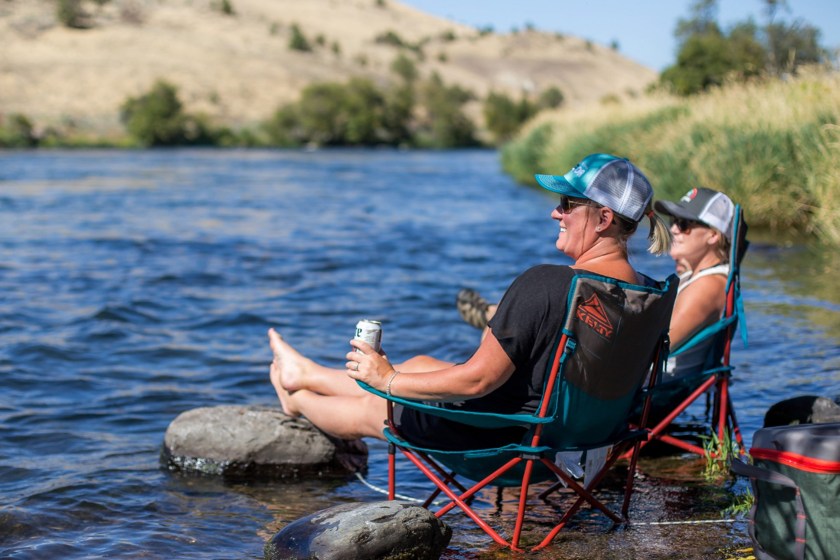
Kelty
You may be tempted to bring a chair along on your journey, but trust me: Any chair is going to be too heavy and bulky for what it's worth. Instead, you can just sit on a rock or a log near the campfire. Rather than bringing a chair, you can invest your budget in making sure you have a good, highly portable tent for shelter, plus a warm-yet-lightweight sleeping bag to keep you toasty at night without taking up too much space in your bag.
3. Pee Funnel
If you're planning to bring a pee funnel for the great outdoors, especially for women, know that these bulky, awkwardly shaped items can take up valuable space in your pack. (Plus, they're kind of weird and gross to have to carry around after they've been used!) Instead, opt for peeing straight on the ground (away from streams and trails, of course), and invest in an ultra-lightweight trowel for doing your more serious business in an eco-friendly manner.
4. Water Bottles
Water bottles add bulk and weight to your pack fast—especially if you're carrying an insulated, stainless steel bottle. The good news is that you don't have to bring all the water you'll need at once. Before you leave, make sure there's flowing water on your trail. Then, instead of bringing a heavy bottle, opt for a hydration pack and water purification tablets for refilling your H2O, safely, in a stream. Be sure to read the directions on your tablets (they sometimes need to sit for a specific amount of time), and leave the extra bottles at home.
5. Bear Repellent
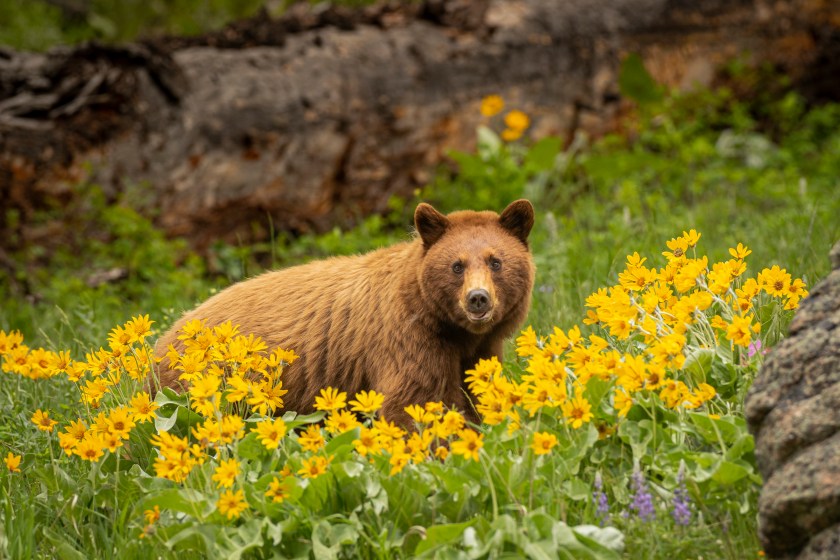
Dennis Stogsdill/Getty Images
Unless you're in grizzly country, bear repellent really is overkill. Wildlife tends to keep to themselves, and following instructions for bear-proof canisters will help ward off curious black bears if you are in their territory. A bear canister is a better choice than bear repellent because it takes a preventive approach, and you can keep food, toiletries, and other smelly items in the canister to save space while you're hiking. Another great alternative to bear repellent is mosquito repellent or wipes, which are lightweight and can be a lifesaver if you'll be in Skeeter Central.
6. Kindle, iPad, or Tablet
Yes, e-readers and tablets are lighter than ever these days. But even if your electronics aren't particularly bulky, they can distract from your enjoyment of the great outdoors. Instead, I suggest entertaining yourself with equipment-free games that you can play with the people you're backpacking with. If hiking solo, consider a lightweight paperback book if you must.
7. A Heavy Fleece Jacket
It can be tough to figure out what to wear backpacking. A fleece is definitely cozy—and a great option for car camping—but it can simply take up too much space when backpacking. Fleece fabric is also notorious for retaining moisture, so that jacket gets heavier with sweat or rain. Instead, consider a lightweight down or down-alternative packable jacket that keeps you warm but is easy to compress into your bag. These can be worn at night while you're sleeping, if necessary, but are also great as layers in the mornings and evenings.
8. Metal Camping Cups and Dishes
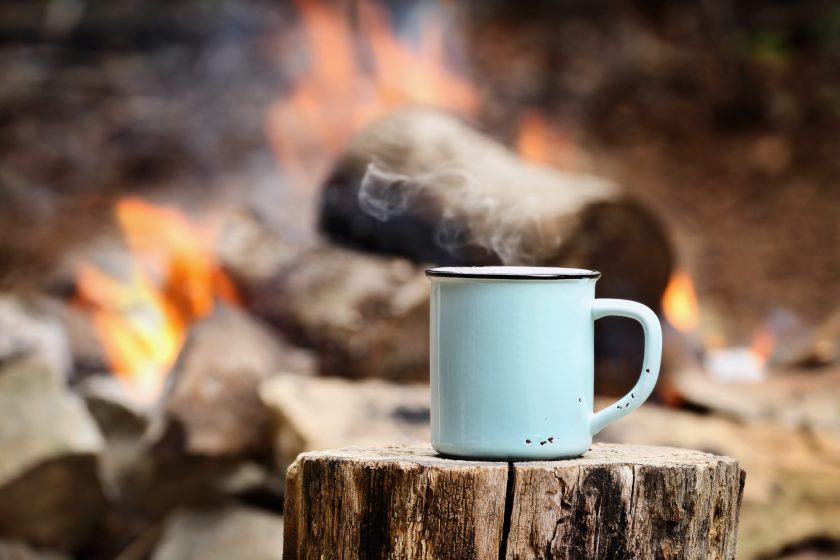
StephanieFrey/Getty Images
Those cute, speckled-tin camping mugs and plates definitely scream "outdoor aesthetic," but do you really want to carry them around all day? Instead, I suggest packable plates, cups, and utensils that collapse and stack into themselves. These aren't just lighter; they're easier to clean and are specifically made for backpacking meals.
9. Solar Camping Shower
A solar-heated camping shower sounds nice, given the thought of all the stank you'll accumulate out on the trail. However, these items are heavy, annoying to pack away, and largely unnecessary. Instead, plan to rinse off in a stream or use biodegradable soap at least 200 feet from a water source. Sanitary wipes are another great way to freshen up your dirty bits; just make sure you pack the used wipes back with you.
10. Canned Food
Canned soups and beans can make great car camping options, but when you're backpacking, they're too heavy to be worth it. Freeze-dried backpacking food has gotten a lot tastier in recent years, and all you have to do is add hot water from a JetBoil or other backpacking stove (another must). I suggest opting for one of these stoves, plus enough gourmet backpacking meals, rather than lugging cans or other boxed food along.
READ MORE: The Best Lightweight Camping Cookware for Backpacking or Van Life
